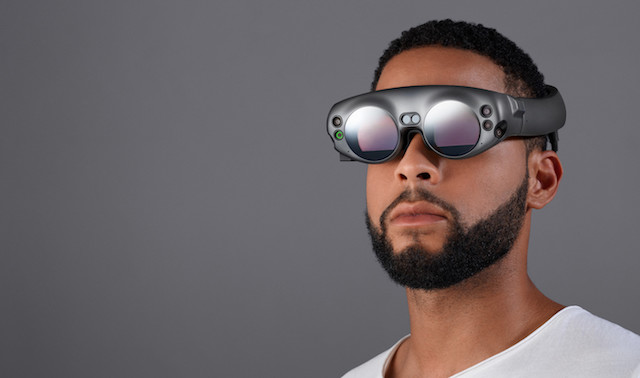Here’s some unusual news: AWS, Amazon’s cloud computing arm, today announced that it plans to bring its Relational Database Service (RDS) to VMware, no matter whether that’s VMware Cloud on AWS or a privately hosted VMware deployment in a corporate data center.
While some of AWS’s competitors have long focused on these kinds of hybrid cloud deployments, AWS never really put the same kind of emphasis on this. Clearly, though, that’s starting to change — maybe in part because Microsoft and others are doing quite well in this space.
“Managing the administrative and operational muck of databases is hard work, error-prone, and resource intensive,” said AWS CEO Andy Jassy . “It’s why hundreds of thousands of customers trust Amazon RDS to manage their databases at scale. We’re excited to bring this same operationally battle-tested service to VMware customers’ on-premises and hybrid environments, which will not only make database management much easier for enterprises, but also make it simpler for these databases to transition to the cloud.”
With Amazon RDS on VMware, enterprises will be able to use AWS’s technology to run and manage Microsft SQL Server, Oracle, PostgreSQL, MySQL and MariaDB databases in their own data centers. The idea here, AWS says, is to make it easy for enterprises to set up and manage their databases wherever they want to host their data — and to then migrate it to AWS when they choose to do so.
This new service is currently in private preview, so we don’t know all that much about how this will work in practice or what it will cost. AWS promises, however, that the experience will pretty much be the same as in the cloud and that RDS on VMware will handle all the updates and patches automatically.
Today’s announcement comes about two years after the launch of VMware Cloud on AWS, which was pretty much the reverse of today’s announcement. With VMware Cloud on AWS, enterprises can take their existing VMware deployments and take them to AWS.




 (@william_partin)
(@william_partin)